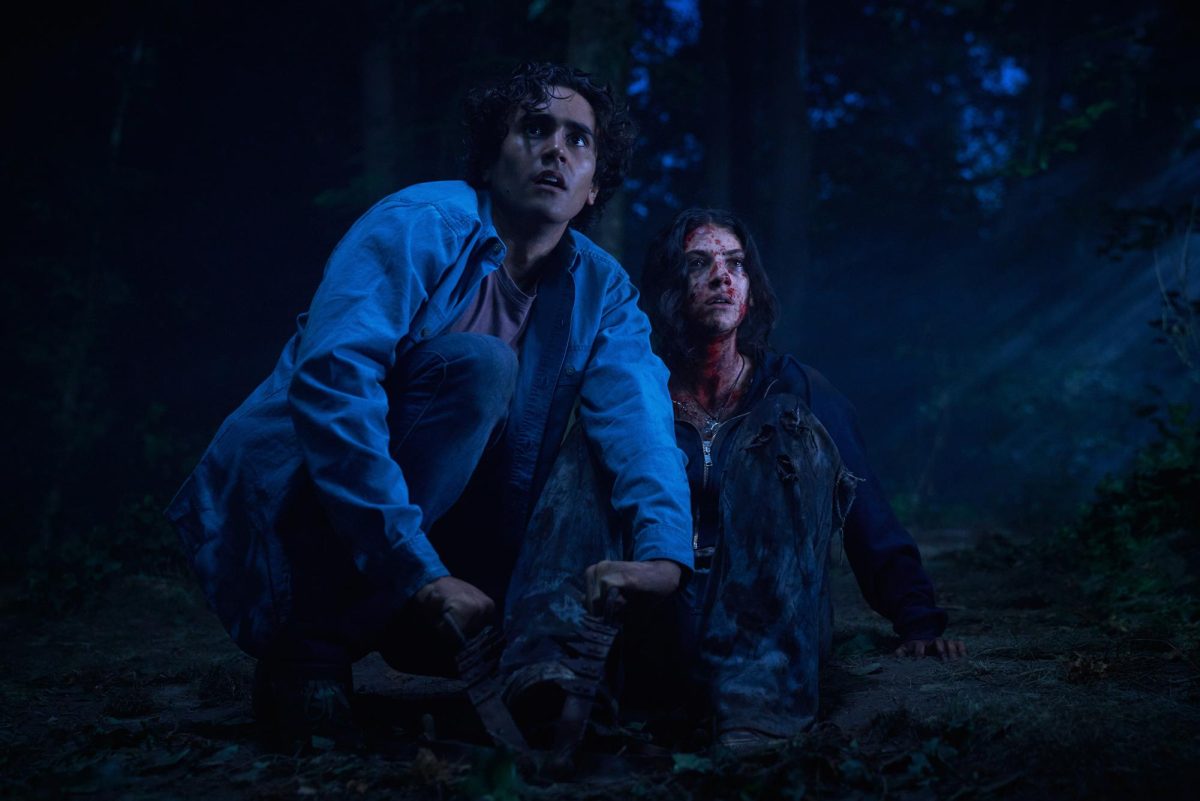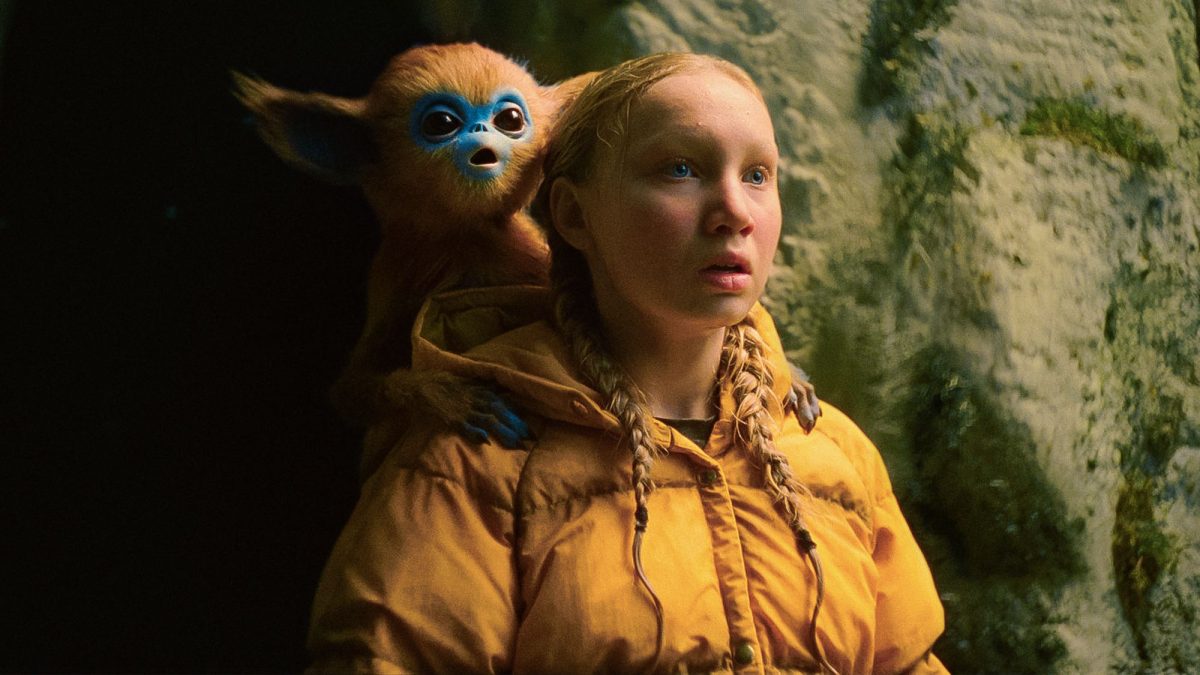“Bravely Default,” developed by Square Enix and Silicon Studio and made for the Nintendo 2DS and 3DS, draws upon many of the conventions established by the “Final Fantasy” series, a staple in the Japanese role-playing game genre. Working off traditional JRPG tropes, “Bravely Default” keeps the genre fresh through its new combat mechanics, breathtaking visuals and clever dialogue.
The game follows four heroes on their journey to save a dying world by purging darkness from four crystals, each responsible for an element of wind, water, earth or fire. While the story of young heroes focusing on restoring magic crystals is commonplace within the JRPG genre, the game manages to keep the events entertaining through lively characters. Tiz is the sole survivor of a destroyed town, Agnes is the Vestal of Wind, Ringabel is an amnesiac Casanova and Edea is a defector of the enemy nation. Together, they form a party and travel the world battling a diverse cast of foes to restore universal order.
Riding on the coattails of the “Final Fantasy” series, the game features many of the established mechanics and rules of the games. Players assign orders to their four heroes against enemies in turn-based combat. The game features a job system that allows players to change their class and their role within the party, such as healer, damage dealer or support. Classes draw upon “Final Fantasy” classics, such as the healing job of “White Mage” and the quick and light “Thief,” but also brings new classes to the table, like capable “Sword Master” and support roles such as “Performer.”
While combat is heavily based upon usual JRPG battle norms, the game’s titular “Brave” and “Default” mechanics set its combat apart from a typical JRPG. In some instances, players may “brave” — perform extra actions, such as casting spells or attacking several times in a turn, at the expense of losing future actions. Other times, players may “default” and go on the defensive to reduce damage and save up actions for when they may need them. These two new mechanics add ebb and flow to the game’s combat, allowing the player to bide time, wait to strike or immediately use all of the actions at the expense of leaving one’s player defenseless if the enemy survives. The additional strategy elements have the player thinking more strategically and weighing whether the rewards are worth the risks.
The new combat mechanics are a huge improvement, but the stunning visuals of the game cannot be denied. All of the cities, towns and dungeons feature handpainted environments that add a fairy-tale intrigue to the game. Both the cities and the overworld map offer a grandeur that makes the journey feel all the more important. The characters are depicted in a childlike manner, which, while contradicting some of the more serious tones of the game, lends a softer feel to the otherwise dramatic, oftentimes dark, story.
The game features clever dialogue and banter. Text-only scenes establish motivations and personality, while voiced storyline cutscenes advance the plot. A surprising amount of the game has voice work, and the game offers the ability to play with the original Japanese voice actors or the English voice cast. Atypical of many JRPGs, conversations aren’t groan-inducing or boring, and while the story follows many cliches of the genre, notably the tale of four young heroes saving the world, “Bravely Default” remains entertaining and keeps the attention of the player.
While the game succeeds at times to break outside convention, it ultimately doesn’t cross many boundaries of the genre as some hoped it would. Though it takes cues from the “Final Fantasy” series, it is an exemplar JRPG title, regardless. “Bravely Default” manages to breathe some life into the genre with its powerful narrative, energetic characters and new mechanics, creating a memorable and colorful role-playing experience.










